Technology for X-ray and Gamma-ray Detection
To capture the highest energy light – X-rays and gamma rays – astronomers must use telescopes and detectors specifically designed for the task. Use the links below to find out more about the technology astronomers use to study these wavelengths.
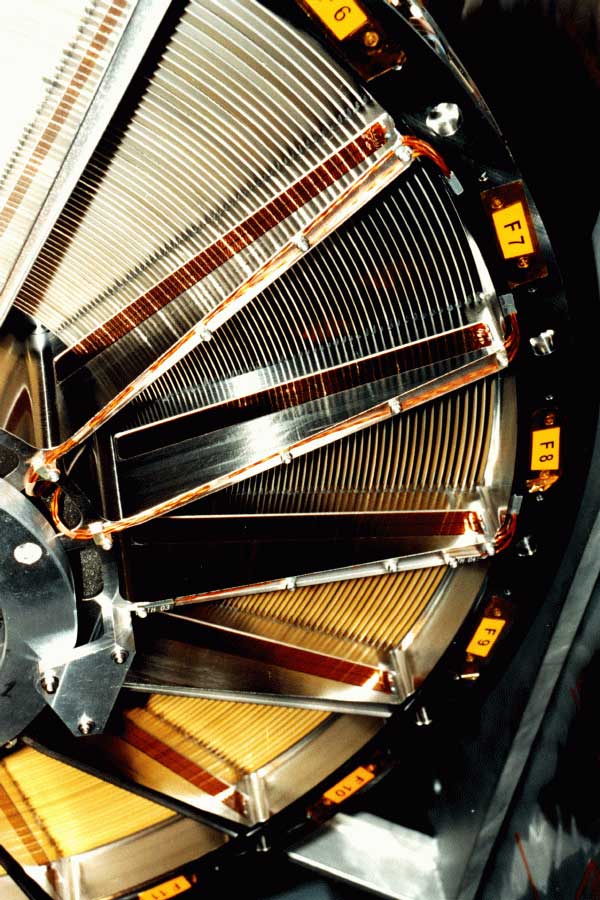
Creating a telescope to image and focus X-rays might seem like it should be an easy task. After all, scientists focus light all the time. However, X-rays are so energetic (and have such a small wavelength) that they tend to pass through most matter, so we need special techniques to capture and focus them.
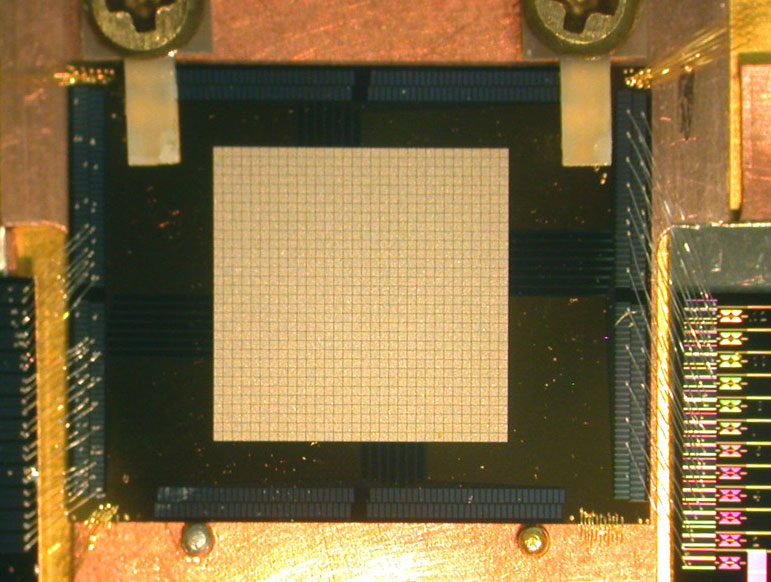
At its very heart, a telescope is a device to collect light from astronomical objects (like stars and galaxies) and deliver it to a detector. The detector's job is, then, to determine the direction, time of arrival, brightness, and intensity of the photons to the best of its ability.
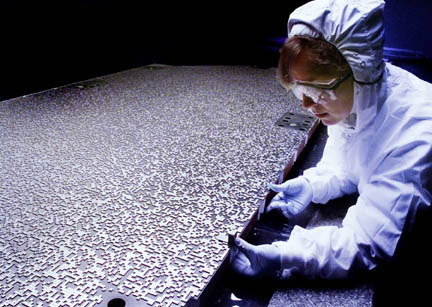
Focusing gamma-rays is not easy. When a gamma-ray hits matter, it interacts in such a way as to destroy the gamma-ray or change its energy by a large amount. So traditional mirrors and lenses don't work for focusing gamma-rays. Find out about what does work.
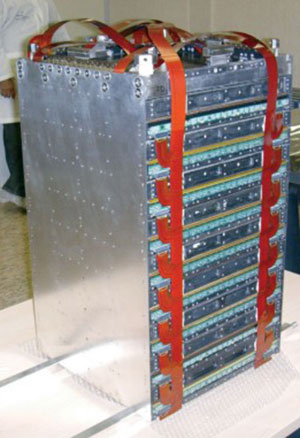
While gamma-rays are made up of packets of energy called photons like all light, they have millions of times more energy than visible light photons. At the same time, sources of cosmic gamma-rays produce relatively few gamma-ray photons for us to detect near Earth. Because of this, gamma rays are detected on a photon-by-photon basis. Read more about how we detect them.
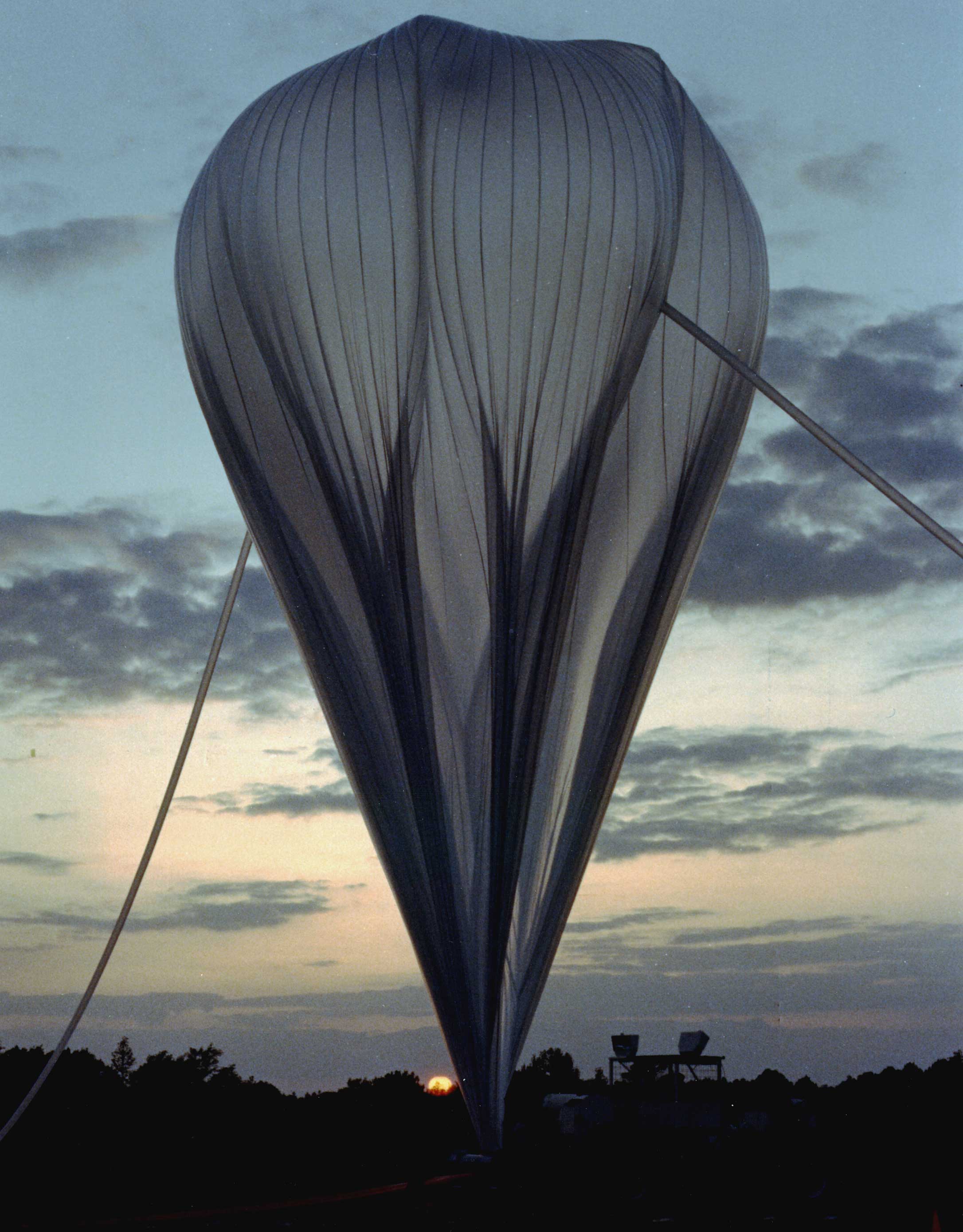
Earth's atmosphere absorbs most X-rays and gamma-rays, so we need to put our telescopes and detectors above most of the Earth's atmosphere to observe cosmic objects emitting in these wavelengths. The three ways scientists do this are with rocket flights, scientific balloons, and satellites.


